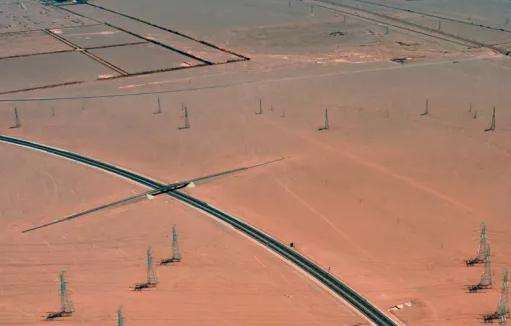The quantity of water condensed in the condenser varies depending on the type of boiler and turbine. For example, if a 300 MW turbo-generator unit is a pure condensing unit, the condenser flow rate will be large. If it is an extraction condensing unit, which extracts part of the industrial steam, the condenser flow rate will be lower. . Simply put, the condensate flow rate of a pure condensing unit is approximately equal to the boiler's evaporation capacity per hour (ignoring losses). For example, for a 1,000 ton boiler, the condensate flow rate of the pure condensing unit is approximately equal to 1,000 tons. If you want to be more specific, consider another loss of around 5%.
1. A 30 MW unit is equipped with 130 tonnes, which is a relatively common configuration. Two units are two high temperature and high pressure boilers of 130 t/h. The principle of this configuration ist that the unit is pure condensing and does not require external heating, and that all steam is used to generate electricity. If heating is required (counter-pressure machine or condensing machine), the evaporation capacity of the boiler must be greater.
Although the higher the setting (pressure temperature), the lower the amount of steam required, the difference is not too great.
Our factory previously had two 25 MW medium temperature and medium pressure units, equipped with two 130 t/h boilers, which means that the water consumption per hour is 130 tons*2 . This is treated (pure) desalinated water. water), no industrial water for cooling equipment.
2. Power plant boilers are all steam boilers, and hot water cannot produce electricity (hydropower is another matter). Discharge volume and volumee leakage are generally taken into account in the design. No more than 10% of impressions are completed.
3. Hot water boilers are generally small and are used in some civil industry applications, such as hotels, public baths, small factories requiring hot water for heating, chemical plants, etc. Hot water boilers are usually expressed in terms of power, which facilitates a direct understanding of heat consumption (amount of coal), while steam boilers are usually expressed in terms of evaporation, e.g. 130 t/ h.














